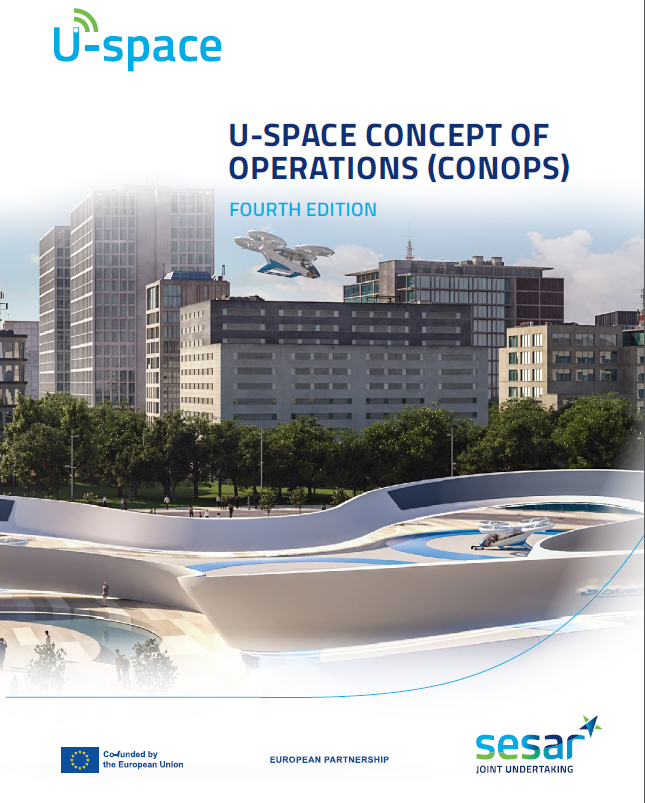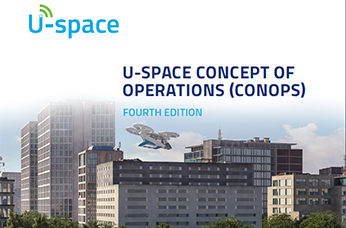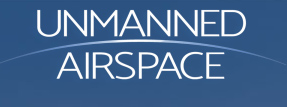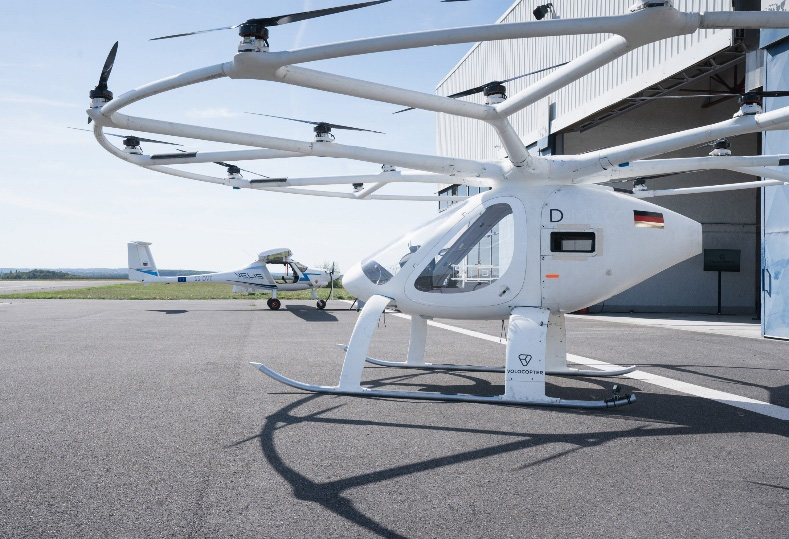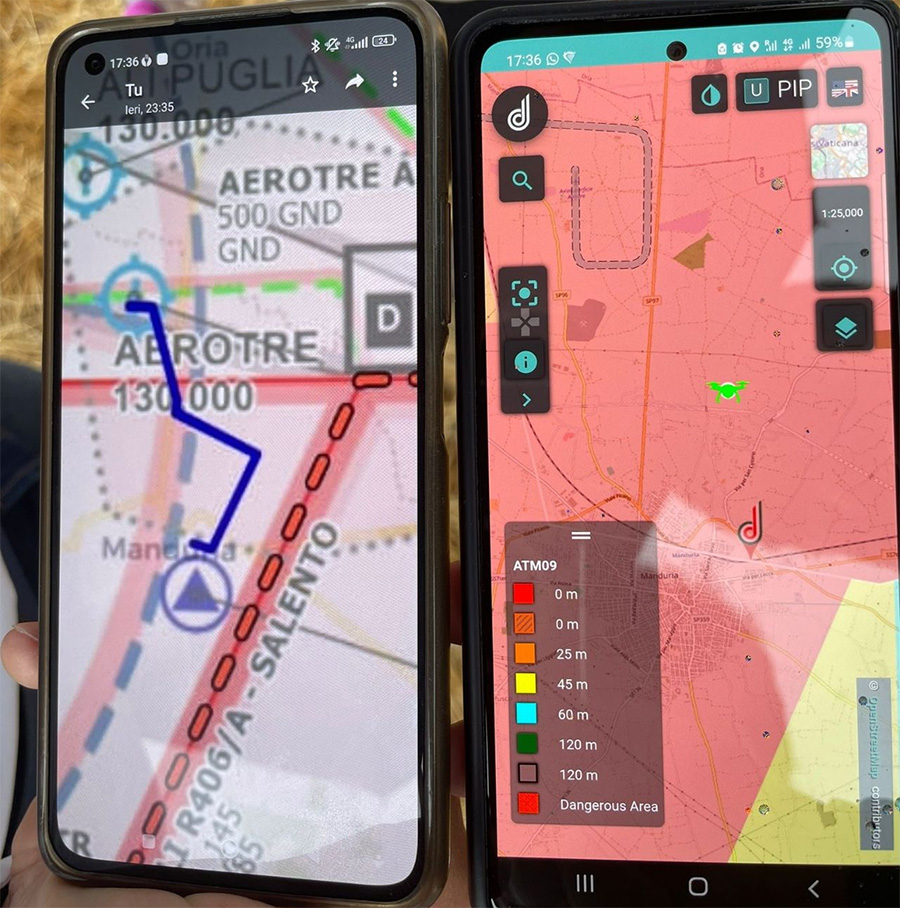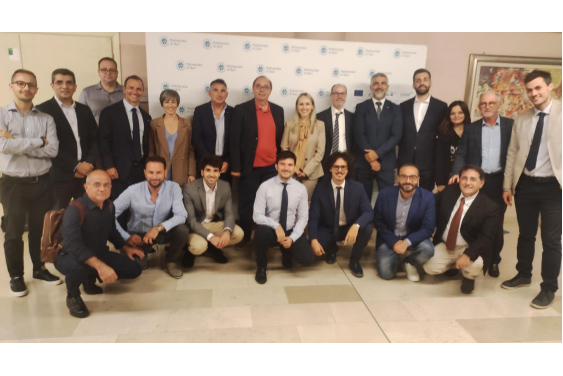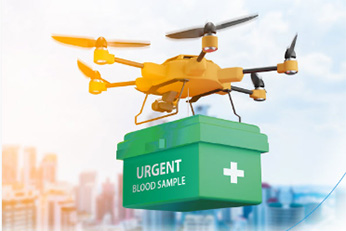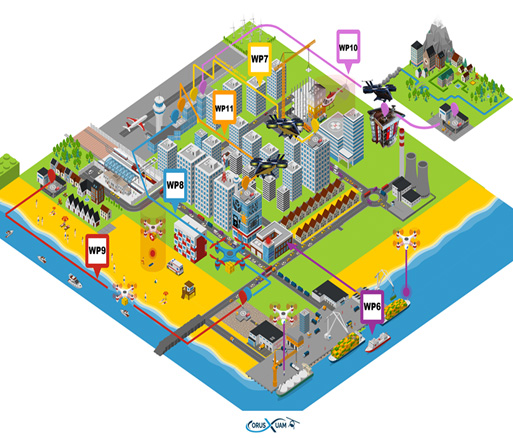CORUS-XUAM is a 24-month VLD project that demonstrates how U-space services and solutions could support integrated Urban Air Mobility (UAM) flight operations, allowing eVTOLs/UAS and other airspace users (unmanned and manned) to operate safely, securely, sustainably and efficiently in a controlled and fully integrated airspace, without undue impact on operations currently managed by ATM. The project is proposed by the consortium that delivered the SJU CORUS U-space Concept of Operations (ConOps) in 2019, extended by the addition of UAM expertise.
The activities started with the update of the U-space ConOps, addressing the integration of UAM/UAS operations into the airspace, also identifying new U3/U4 services. The project activities continued with the preparation and execution of six challenging VLD campaigns in six different European locations.
These VLD activities were at the heart of CORUS-XUAM and supported integrated operations of UAS/UAM and manned aircraft, and advanced forms of interaction through digital data exchange supported by integrated and advanced U-space services in urban, sub-urban, and inter-city scenarios as well as in and near ATM-controlled airspaces and airports. The VLDs focused on different types of mission, such as passenger transport, logistic, delivery, emergency response and surveillance, using different U-space deployment architectures and state-of-the-art technologies. They considered coordination between ATC and U-space, including interaction with ATCOs and pilots. The VLDs combined flights by eVTOLs with other traffic and operations in the CTRs of major airports.
Vertiport procedures, separation, and data services were also demonstrated.
The main results were used to further consolidate the ConOps at the end of the project. The project also involved extensive consultation and communication initiatives with reference Authorities, U-space stakeholders and end-users.

